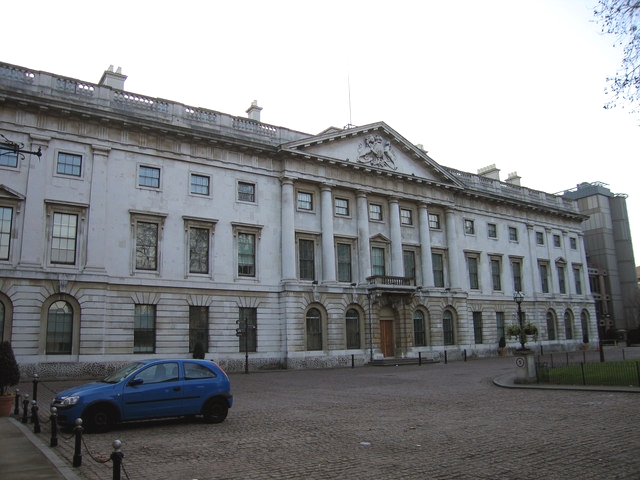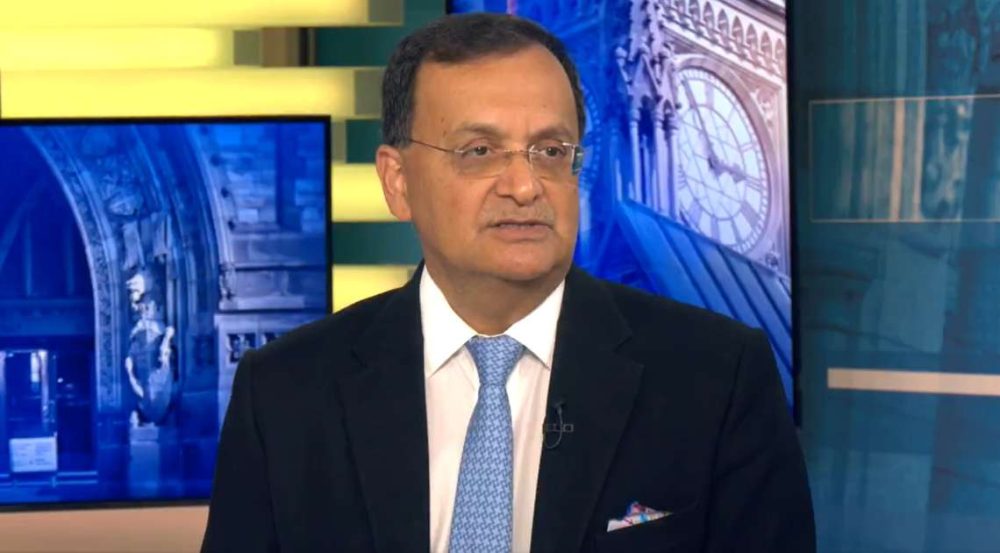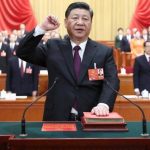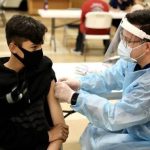Chinese researchers directed a US government archive to delete gene sequences of early COVID-19 cases, removing an important clue….reports Asian Lite News
Calls for a fresh investigation into the origins of the novel coronavirus, which has killed millions of people and shattered the global economy, continue to grow with China’s Wuhan Institute of Virology (WIV) at the centre of global scrutiny.
A Wall Street Journal (WSJ) investigation had found that China resisted international pressure for a probe that it saw as an attempt to assign blame. China delayed the probe for months, secured veto rights over participants and insisted its scope cover other countries as well.
Moreover, the World Health Organization (WHO)-led team that traveled to China in early 2021 to investigate the origins of the virus struggled to get a clear picture of what research China was conducting beforehand, faced constraints during its visit and had little power to conduct thorough, impartial research without the blessing of China’s government.
Furthermore, Chinese authorities refused to provide WHO investigators with raw data on confirmed and potential early COVID-19 cases that could help determine how and when the coronavirus first began to spread in China.
Chinese researchers also directed a US government archive to delete gene sequences of early COVID-19 cases, removing an important clue.

The WHO team found no proof of live mammals being sold at the Wuhan market, which was linked to early COVID-19 cases, and quoted market authorities saying that there was no illegal trade of wildlife there. A study later suggested that the Wuhan market was the site of widespread trading in illegal caged wildlife, providing evidence that the virus could have jumped naturally from market animals to humans.
The WHIO-led team had initially declared that a lab accident was an extremely unlikely cause of the pandemic. However, WHO Director-General Tedros Adhanom Ghebreyesus later called for further investigation into the lab-leak hypothesis.
ALSO READ: New report reveals China deleted virus data in possible cover-up
In an earlier report, the WSJ had revealed that a disused copper mine area in southwest China had become the subterranean home of the close known virus to the one that causes COVID-19. In April 2012, six miners fell sick with a mysterious illness after entering the mine to clear bat guano, out of which three died.
Unanswered doubts about the miners’ illness, the viruses found at the site and the research done with them elevated into the mainstream an idea that was once dismissed as a conspiracy theory, that the SARS-COV-2 might have leaked from a lab in Wuhan. China has vehemently denied that the virus came from Wuhan.
Now, the WHO-led investigators have pushed for the second phase of research into the origins of the virus, warning that the time was running to examine blood samples and other important clues in China.
Meanwhile, the WSJ disclosed a US intelligence report asserting that three WIV researchers became sufficiently ill in November 2019 to seek hospital care.

In late May, US President Joe Biden ordered that US intelligence agencies report to him within 90 days on how the virus emerged, with a focus on two scenarios–whether the coronavirus came from human contact with an infected animal or from a laboratory accident.
In the meantime, scientists around the world and organizations such as the American Red Cross and the US Centers for Disease Control and Prevention (CDC) are looking for new clues in frozen blood, searching for COVID-19 antibodies or signs of infection.
Other independent scientists are also trying to piece together a picture of how the virus could have been evolving before it exploded in late 2019.
A new report recently revealed that China deleted early coronavirus data in a possible bid to conceal its origins — hence impeding the WHO’s probe of the virus.
At least four recent studies have identified coronaviruses closely related to the pandemic strain in bats and pangolins in Southeast Asia and Japan, a sign that these pathogens are more widespread than previously known and that there was ample opportunity for the virus to evolve, according to WSJ.
Last month, an explosive study has found that Chinese scientists created the virus in a lab in Wuhan, then tried to cover their tracks by reverse-engineering versions of the virus to make it look like it evolved naturally from bats.
The novel coronavirus SARS-CoV-2 virus has no “credible natural ancestor” and was created by Chinese scientists who were working on a ‘Gain of Function’ project in a Wuhan lab, according to a report by British professor Angus Dalgleish and Norwegian scientist Dr Birger Sorensen. (ANI)
ALSO READ: China determined to decide next Dalai Lama














